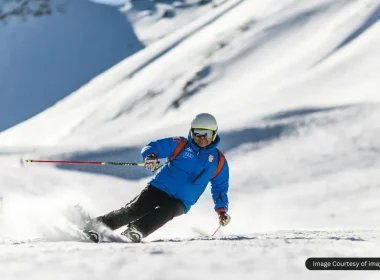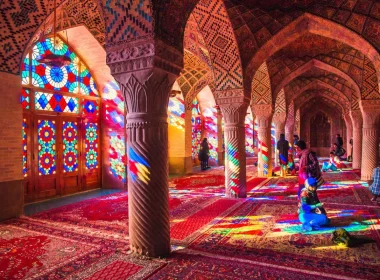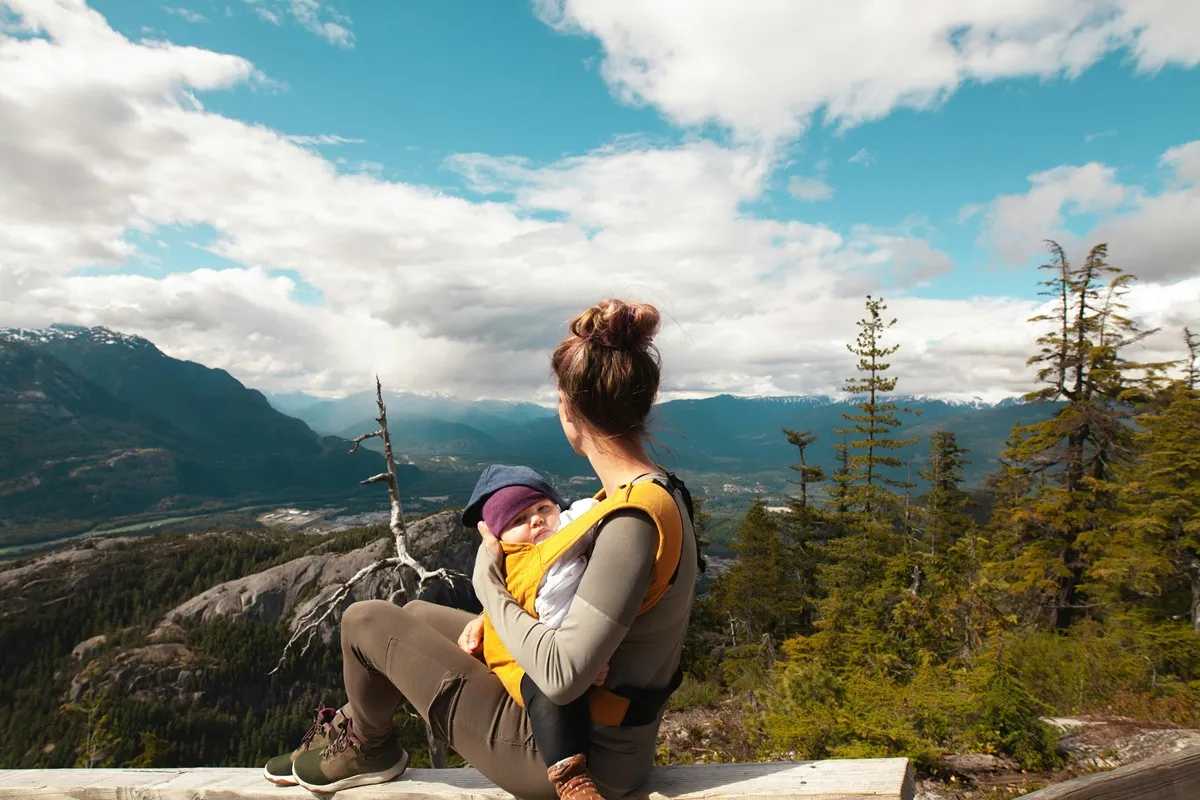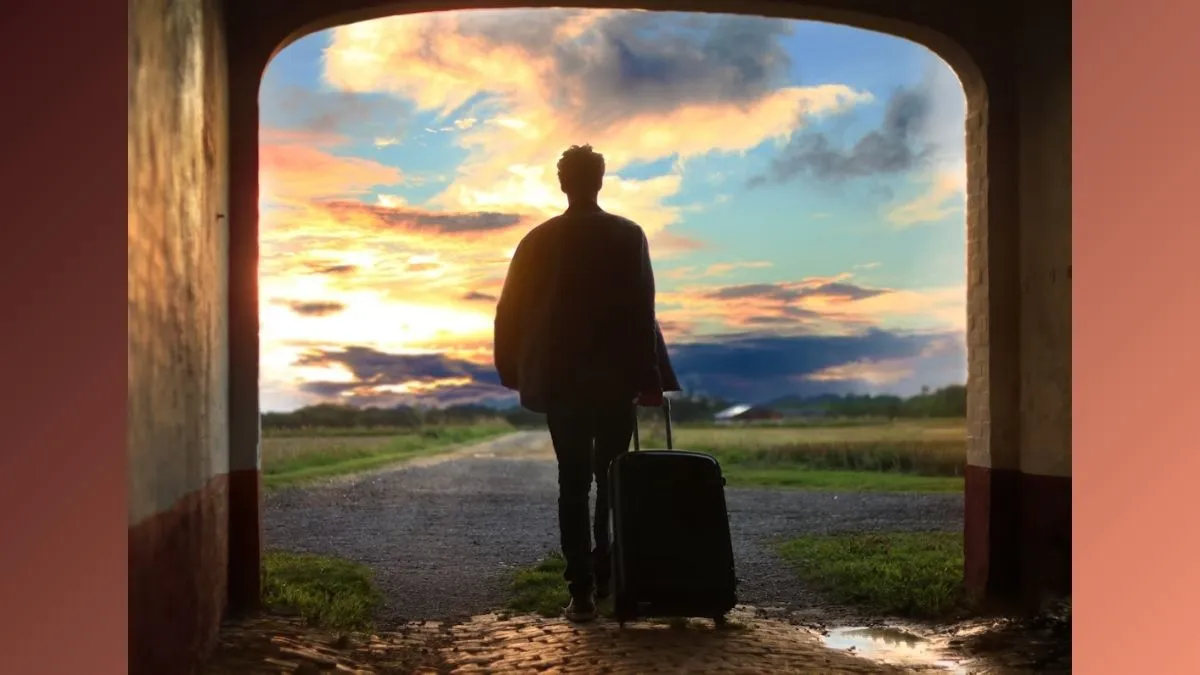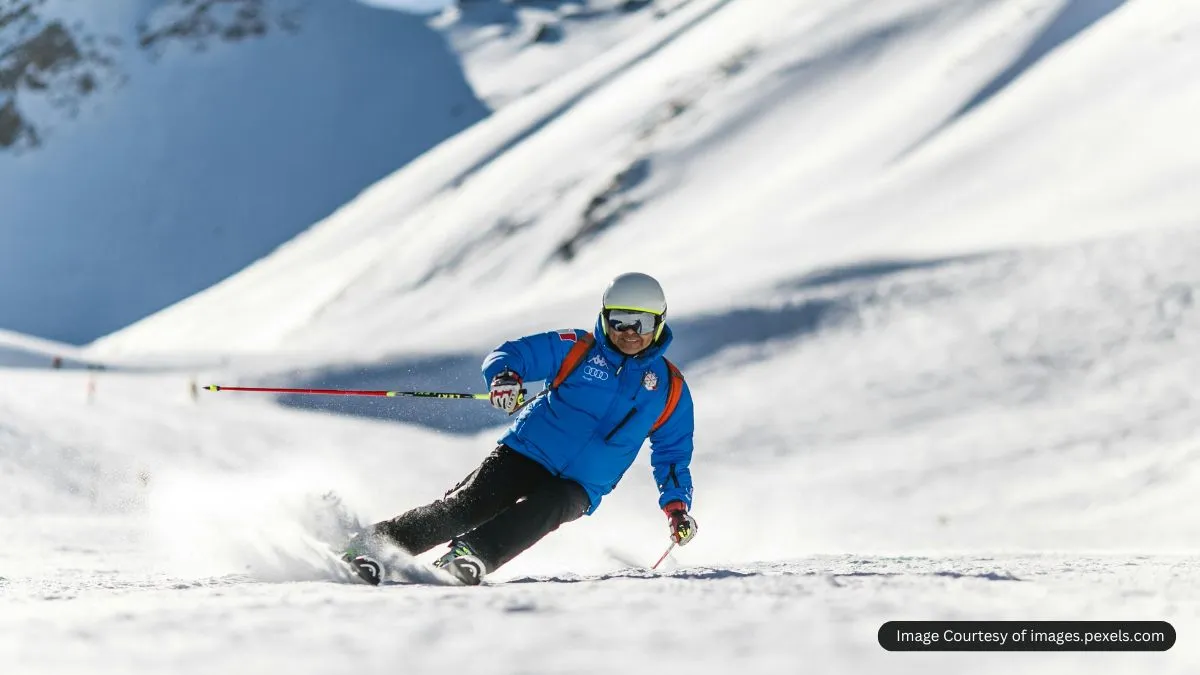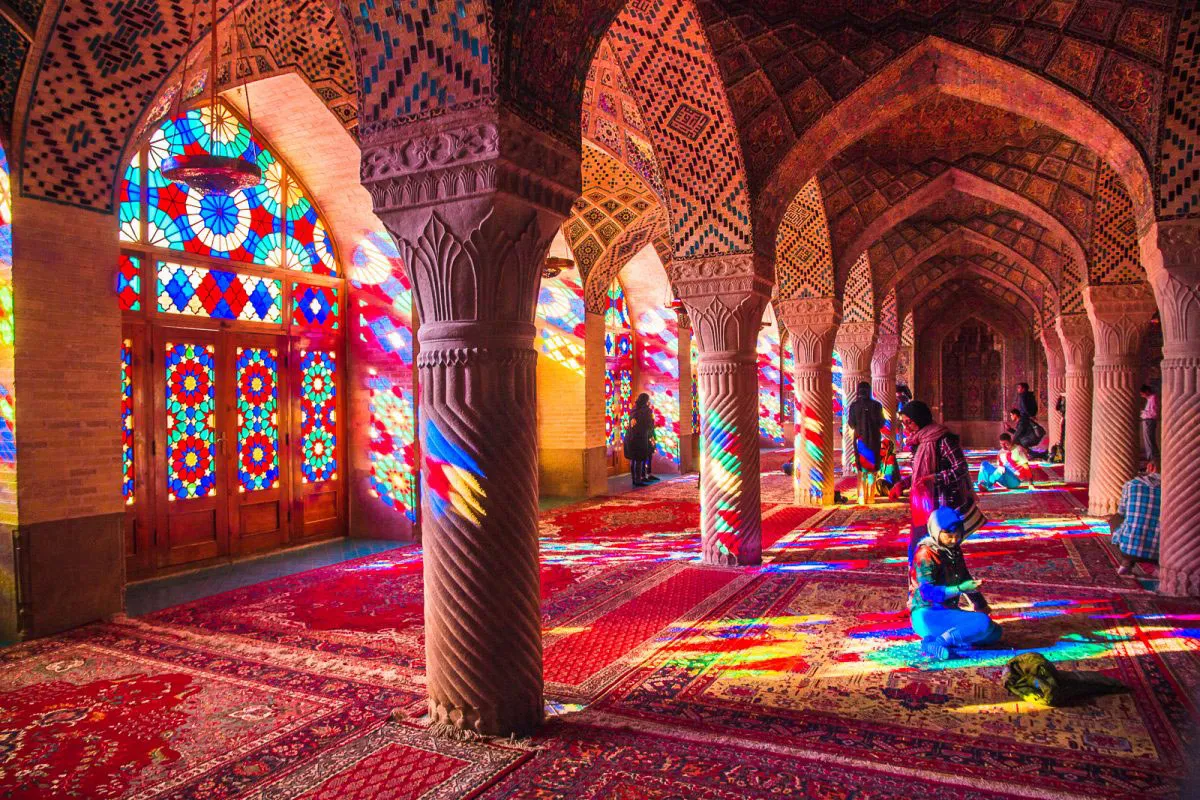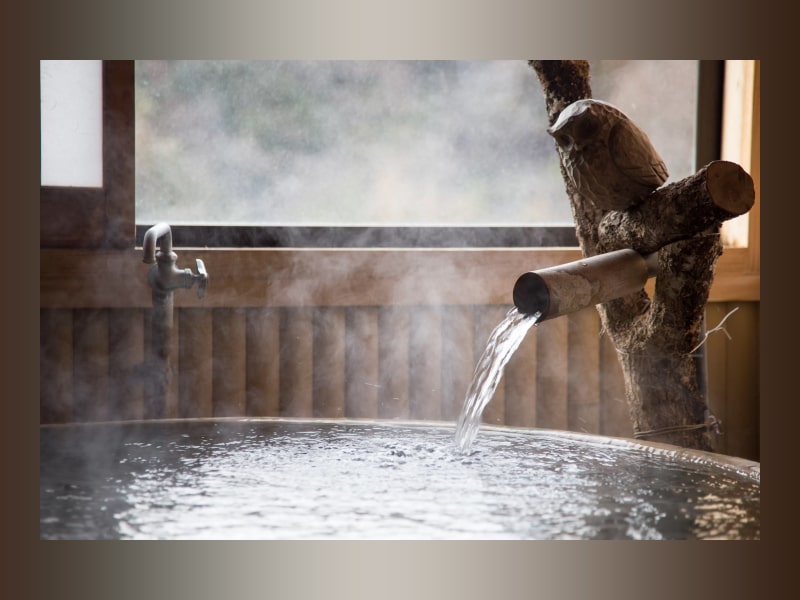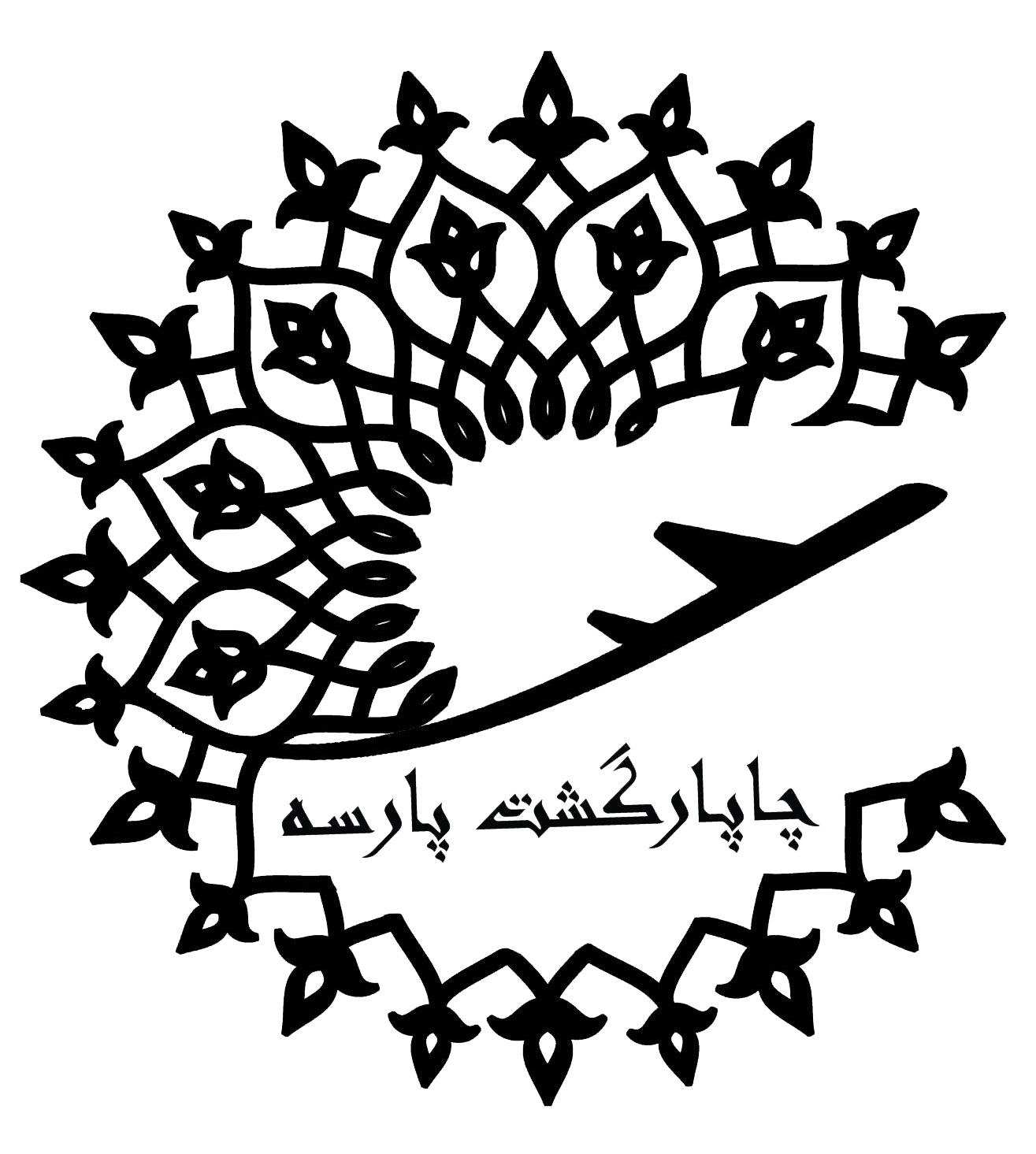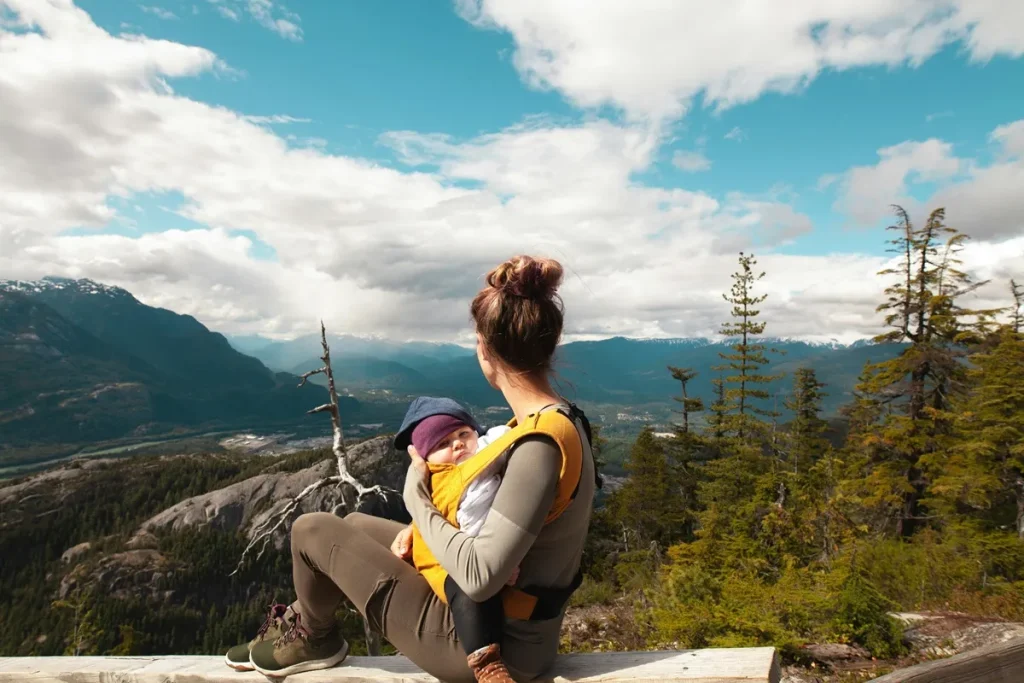
Traveling to Iran with young children can be an enriching and memorable experience for families.
In the past year, Iran has seen a significant 20% increase in foreign tourist arrivals, welcoming over 7 million international visitors. Many travelers arrive with safety concerns but leave with a completely changed perspective. Field surveys indicate that visitors often experience a safe and welcoming environment.
According to Statista, Iran’s tourism industry is attracting growing interest from Western travelers. They are drawn by the country’s rich cultural heritage, historic cities, and stunning natural landscapes.
For parents, careful planning can ensure that a trip with young children is both enjoyable and stress-free. This guide offers practical tips on transportation, accommodations, and child-friendly activities to help families enjoy Iran’s diverse and captivating destinations.
Understanding Iranian Culture and Family-Friendly Atmosphere
Iran is a highly family-oriented country, and traveling with children often leads to warm interactions and genuine hospitality. Locals adore children, frequently offering sweets, taking photos, and engaging with little ones, making families feel welcomed.
Understanding and respecting local customs is essential. Women and girls over puberty must wear a headscarf, commonly known as the Iranian tourist hijab, and modest, loose-fitting clothing. Dresses, tunics, blouses, or pants should avoid tight or flashy styles.
Men are advised to wear long pants and refrain from sleeveless shirts. Teaching children these customs beforehand helps them show respect for their host country.
Public displays of affection beyond holding hands are inappropriate, but locals are generally understanding of children. Restaurants, hotels, and attractions accommodate families well, though Western-style high chairs and changing facilities may be limited. The cultural practice of tarof often extends to children, with generous offers of treats or gifts.
Planning Your Itinerary with Young Children in Mind
When planning your trip to Iran, choose quality over quantity to keep young children from getting overwhelmed. Since major cities are far apart, focus on two or three main destinations instead of trying to see everything. This allows for more rest and spontaneous fun.
Isfahan is excellent for families. Its huge Naqsh-e Jahan Square offers room for kids to run. Shiraz’s gardens and Tehran’s large parks (like Mellat Park) provide great playgrounds and relaxation spots.
When visiting historical sites like Persepolis, go early to beat the crowds and heat. Mix in child-friendly breaks, such as watching weaving at carpet workshops, exploring colorful local markets, or enjoying traditional Persian ice cream. Remember to build flexibility into your schedule, as museums and palaces often close on Mondays.
Iranian cuisine offers many options, with rice forming the base of most meals. Simple dishes like chelow kabab (grilled meat with rice) or tahdig (crispy rice) are usually hits with kids. Flatbread, yogurt, and fresh produce are widely available and generally safe. Always use bottled water for drinking and brushing teeth, and peel or wash fruit with bottled water.
If you are traveling with an infant, finding your exact formula brand can be difficult. Moreover, parents should be aware that certain formulas may pose health risks to their child. This relates to the NEC lawsuit, where claims allege that cow’s milk-based formulas increase the risk of NEC (Necrotizing Enterocolitis) in premature infants.
According to TorHoerman Law, Abbott and Mead Johnson face lawsuits for allegedly failing to warn about risks in Similac and Enfamil. If your child was premature or has existing health issues, consult your pediatrician before the trip. Additionally, consider bringing your full supply of formula from home.
Breastfeeding is appropriate but should be done discreetly. Finally, pack familiar, non-perishable snacks for fussy eaters.
Accommodation Choices and Practical Logistics
Choosing the right place to stay is key to a comfortable family trip in Iran. While international hotels offer familiar amenities like cribs, traditional guesthouses offer authentic culture and incredible hospitality. Be sure to request specific equipment (like extra beds) well in advance. Despite economic issues, the Iranian hotel sector is attracting investors, signaling guarded optimism for the future, according to CoStar.
Look for hotels near parks or pedestrian areas so kids can safely play. Hotel breakfast is usually included, which helps start the day simply. Laundry services are widely available and useful for extended stays. For safety, pack a doorstop and a nightlight.
Finally, bring all necessary medications from home, as finding specific brands is difficult, and secure travel insurance covering medical emergencies before you leave.
Transportation and Getting Around Safely
Iran offers several ways to travel, and planning is key for families. Domestic flights are fast, but airports can be chaotic, so arrive early. Trains are comfortable and scenic between major cities, with sleeper cars available. Iran’s rail sector is also growing. A recent contract for 40 new freight locomotives and the refurbishment of 37 Siemens passenger locomotives marks a new era for railway infrastructure.
For maximum flexibility with kids, private drivers are the best option, allowing for easy breaks. Taxis and Iran’s rideshare app, Snapp, are affordable, but car seats are not common or legally required, so parents must weigh this risk. Metro systems are efficient but can be extremely crowded during peak hours.
Many families find that hiring a driver for full days, though costly, drastically reduces travel stress when navigating Iran with young children.
Frequently Asked Questions
Is Iran safe for traveling with young children?
Iran is generally very safe for families, with low crime rates and a culture that deeply respects children. Political tensions rarely affect tourists, and Iranians distinguish between governments and individuals. However, maintain normal travel precautions, stay informed about current conditions, and register with your embassy. Medical facilities in major cities are adequate for routine issues.
What vaccinations do children need before traveling to Iran?
Consult your pediatrician at least six to eight weeks before travel. Standard childhood vaccinations should be current, including MMR, polio, and DTaP. Hepatitis A and typhoid vaccines are recommended for travelers. No specific vaccinations are required for entry, but ensuring routine immunizations are complete protects children’s health during international travel.
How do I handle money and payments with children in Iran?
International credit cards don’t work in Iran due to sanctions, so bring sufficient cash in US dollars or euros to exchange locally. Many establishments are cash-only, so keep small bills handy. ATMs don’t accept foreign cards. Bring a money belt for security and exchange money at official exchanges or hotels rather than street vendors.
Traveling in Iran with young children can be both safe and enriching with proper planning. Prioritizing family-friendly accommodations, transportation, and cultural awareness ensures a smooth experience. By preparing for dietary needs, sightseeing, and local customs, parents can create lasting memories while exploring Iran’s rich heritage.



